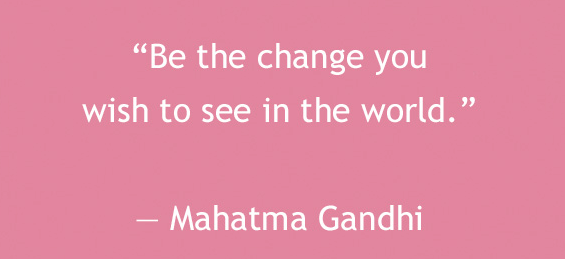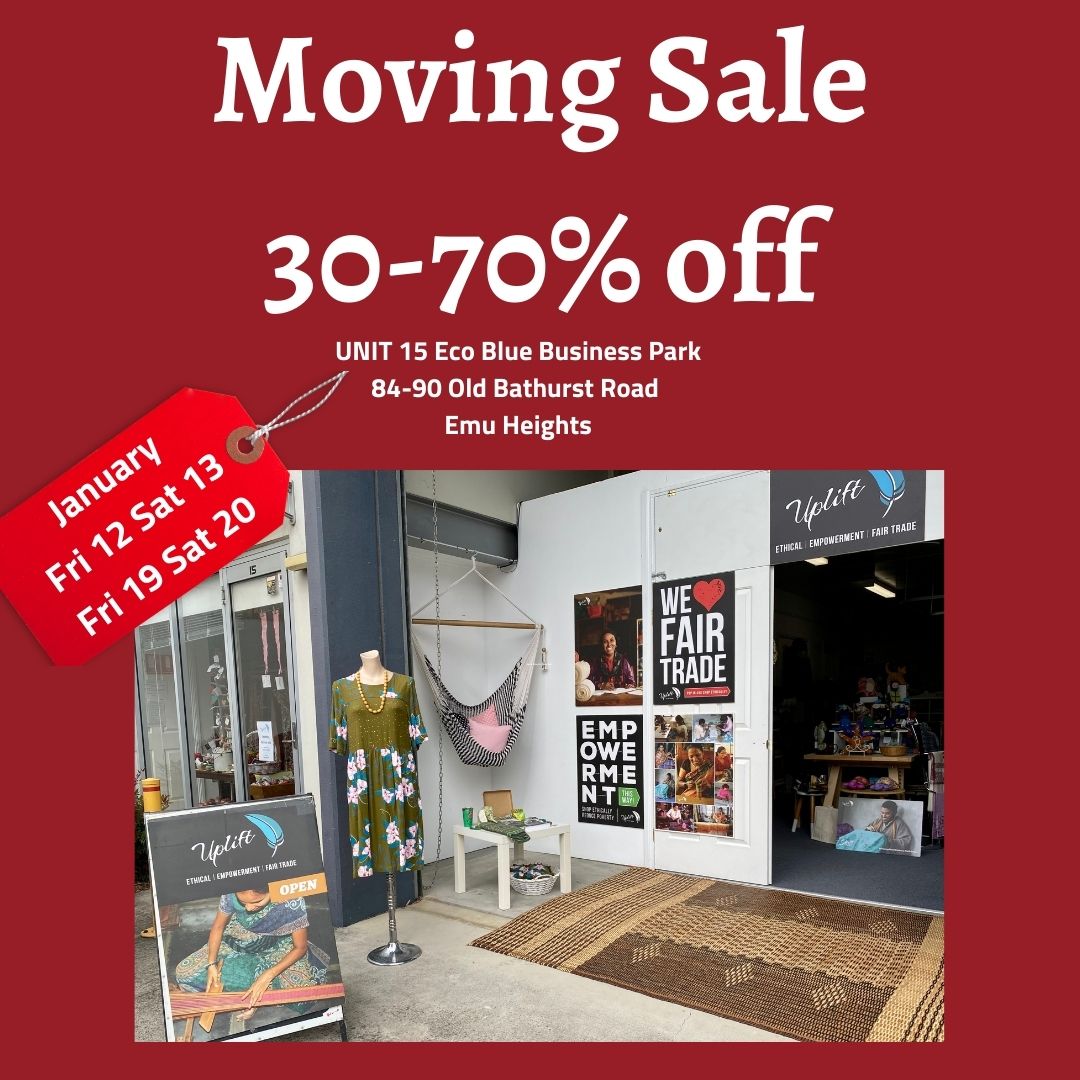The Wounds You Can’t See: Emotional Abuse, Manipulation, and the Courage to Speak Out

Disclaimer:
The following blog is a personal reflection based on my own lived experiences. It is written from my perspective and is intended to share my journey of healing, not to defame or cause harm to any individual. The views expressed are my own and are not statements of fact about any other person. I have taken care to focus on my emotional experience and understanding, not on identifying or accusing anyone publicly. If you are currently experiencing emotional abuse, please seek support from a qualified professional or a crisis service.
The Wounds You Can’t See: Emotional Abuse, Manipulation, and the Courage to Speak Out
For 14 years, I lived in a marriage that many perceived as stable and supportive—but behind closed doors, it was something entirely different. I experienced what I now understand to be emotional abuse. My former partner was eventually diagnosed, by a mental health professional, with borderline personality disorder. While this diagnosis helped me understand some patterns, it never excused the pain I went through.
In public, I often felt that he presented as encouraging and supportive. But privately, I experienced patterns that left me confused, small, and constantly doubting myself. One of the most painful things I remember was being called a “friend tard”—a term I found deeply offensive, both personally and ethically. It wasn’t just the word, but the intention behind using it—knowing how much it would hurt. That kind of pain leaves invisible scars.
It’s now been over a decade since I left that relationship. With time and space, I’ve come to understand how deeply these experiences impacted my sense of self. I see now how subtle, systematic behaviour left me feeling worthless and emotionally worn down.
The Invisible Wound of Emotional Abuse
Emotional abuse is difficult to explain to others because there are no bruises. There’s no single event to point to. Instead, it’s a slow erosion of your self-esteem, your autonomy, and your confidence. It’s in the way you begin to question your own emotions, your own memories, your right to even feel.
In my experience, the manipulative behaviour was incredibly subtle. I often felt that any time I expressed sadness or hurt, the conversation would somehow shift until I was the one apologising. Eventually, I began to believe I was the problem—too sensitive, too emotional, too needy.
When borderline personality disorder is part of the dynamic—as it was in my situation—it can add even more complexity. People with untreated BPD may struggle with intense emotional volatility, deep fears of abandonment, and difficulty managing interpersonal relationships. But again, understanding does not equal justification.
The Power—and Pain—of Setting Boundaries
After years of therapy and slowly working through the trauma (and I’m still working through it), I finally learned how to set boundaries. And what freedom there is in that!
Unfortunately, not everyone has respected those boundaries. What I didn’t learn in therapy—but discovered the hard way—is that when you start setting limits to protect yourself, some people may not understand. They might criticise, dismiss, or even ostracise you. If that’s happening to you, please hear this: You are not alone.
For years, I didn’t know how to protect myself. Now I do. And I’m learning that protection is not just physical—it’s emotional, too.
I also remember the emptiness I felt when trying to share my emotions and receiving no empathy in return. Often, the emotional conversations I initiated ended with me feeling confused or guilty, sometimes even apologising for being hurt. These are classic signs of gaslighting, something I only later learned to name.
After a string of unhelpful therapists, I eventually found a psychologist who not only recognised the patterns of abuse but also diagnosed the borderline personality traits at play. He helped me see how I had, in some ways, enabled the unhealthy dynamic—because I didn’t yet know how to assert my needs.
In one group session, I’ll never forget the moment when that therapist gently pressed to uncover what lay beneath the emotional conflict. What came out shocked me: my former partner said, in front of others, that he hated me—and had for seven years.
As painful as that was to hear, it was a strange relief. I finally had the missing piece. It helped me understand the resentment, the manipulation, the emotional undercurrent I had felt for so long. It gave shape to the fog. And as the saying goes, the truth will set you free.
That moment helped me recognise the roots of what I had been feeling all along: gaslighting, resentment, and victim-blaming. And once I named those things, the process of reclaiming my sense of self truly began.
When the Victim Becomes the Villain
This is one of the hardest parts of emotional abuse: when the survivor finally begins to speak up, set boundaries, or reclaim their voice, others—friends, family, even children—may react negatively. In my case, I’ve found that even years later, when we cross paths at significant events, my ex-partner still finds subtle ways to chip away at me—sometimes indirectly, through others.
It’s a form of trauma that continues long after the relationship ends. And it’s often misunderstood.
What makes this especially cruel is that the very act of standing up for yourself can be what others perceive as the problem. The abuser may present themselves as reasonable while the survivor is cast as difficult or unstable. It’s a pattern that too many women know all too well.
How We Can Do Better: A Call to Society
We must do better—not just for the victims who are still living in silence, but for all of us who believe in justice and compassion.
Here’s how:
-
Stop engaging in conversations about the victim with the perpetrator. Don’t allow yourself to be used as a pawn in their manipulative narrative.
-
Never place the victim alone with the abuser. This is re-traumatizing and dangerous. Emotional abuse is still abuse.
-
Don’t shame victims for needing distance. Healing sometimes means cutting contact. Respect that.
-
Respect and accommodate emotional boundaries. If a victim needed a wheelchair ramp, you’d build one. Emotional wounds deserve the same support.
-
Always communicate plans clearly to a victim if the abuser is going to be present. It is not fair for them to turn up somewhere and find their abuser staring them in the face. Also remember—the abuser may try to convince you the victim is being silly, childish, or overreacting. That is a classic gaslighting technique. Don’t fall for it.
-
Don’t ostracise the victim by making their inclusion conditional on being in the same space as their abuser.Saying things like “If you want to be part of this event, you have to be there with them,” hands the abuser power and control all over again. This is where society still gets it wrong—we often blame the victim and give preference to the abuser’s presence. The result? The victim gets left out simply because they cannot emotionally or psychologically tolerate being in the same room as the person who once held them captive through manipulation. That’s not a personal flaw—it’s a survival response.
Let’s Choose the Side of Healing
Emotional abuse doesn’t always scream. Sometimes, it whispers in isolation, in dismissal, in exclusion. Sometimes it walks into a room with a smile, while the person it’s harmed the most is left in silence, forced to either endure or disappear.
But we can change that.
We can start believing victims the first time. We can stop prioritising social appearances over psychological safety. We can stop asking survivors to prove their pain.
It starts with choosing the side of healing—not the side of comfort. It starts with recognising emotional wounds as real and deserving of space. It starts with you—reading this, listening, learning, and choosing to do better.
To every survivor reading this: You are not too sensitive. You are not overreacting. You are reclaiming your dignity, one boundary at a time. Keep going. You’re not alone anymore.
Let’s Speak the Truth Out Loud
To those who’ve walked this road—you’re not alone. To those still in it—there is a way out. And to those watching from the sidelines—it’s time to stop enabling emotional abusers with our silence and doubt.
No one should have to justify their need for safety—physical or emotional.
If you or someone you know is in an emotionally abusive relationship, please reach out to support services such as 1800RESPECT in Australia. Your story matters. Your safety matters. Your healing matters.
Anna
Leave a comment
Comments will be approved before showing up.





Anna Spoore
Author